Conservation and climate change have a lot in common. They are big challenges that require big solutions. The good news? Protecting the environment helps our native species – and can help address climate change too.
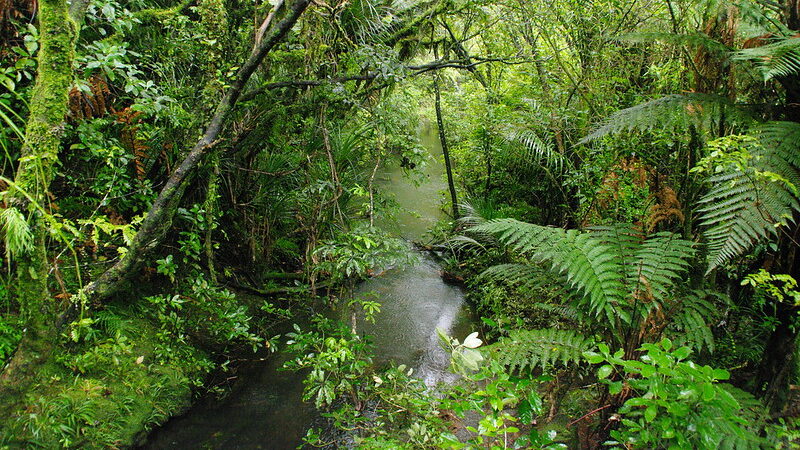
1. A predator-free forest absorbs more carbon dioxide
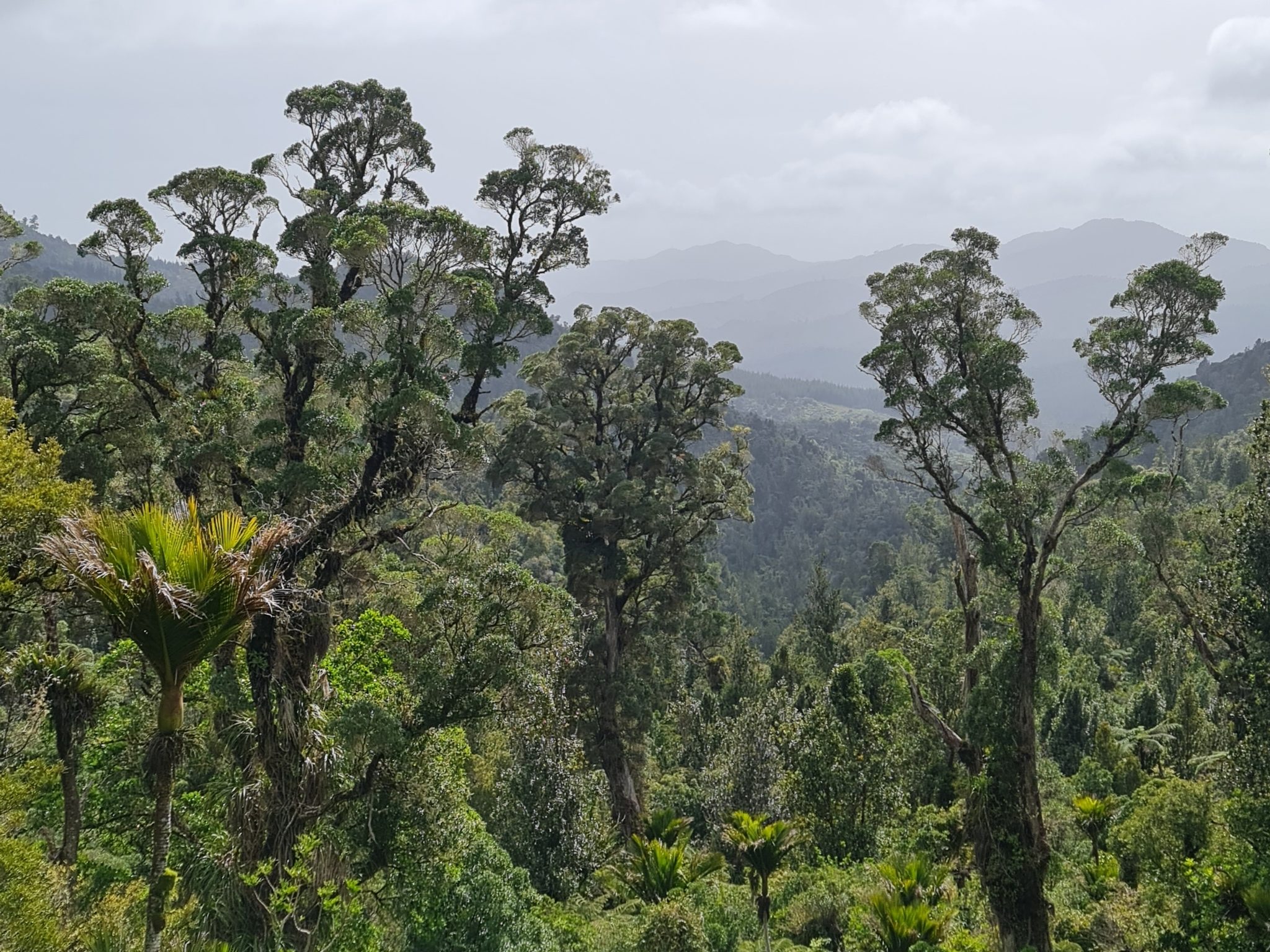
Many of us know that forests are climate change warriors, thanks to their natural ability to absorb the noxious greenhouse gas carbon dioxide. In fact, a recent Forest and Bird report estimates that our native ecosystems hold an impressive 1,450 million tonnes of carbon, 74% of which is stored in native forests.
But did you know not all forests are equal in their carbon capture abilities?
Recent research by Forest and Bird has shown that when our native forests are laden with introduced predators, they lose their natural ability to store carbon.
As Forest & Bird Chief Executive Kevin Hague states, “Our native ecosystems in their natural state are superb at locking in and storing vast amounts of carbon. But they need to be healthy and free from introduced animal pests to do that.
“When native forests collapse, huge volumes of carbon dioxide are released as trees die and rot.”
As Forest & Bird Chief Executive Kevin Hague states, “Our native ecosystems in their natural state are superb at locking in and storing vast amounts of carbon. But they need to be healthy and free from introduced animal pests to do that.
“When native forests collapse, huge volumes of carbon dioxide are released as trees die and rot.”
What can you do?
By supporting local conservation in whatever way you can, you can help our native forests. You might like to join your local trapping group, get started with predator control on your farm, support a local tree planting effort, or spread the word.
Predator control in mature forest needs to be supported by new native planting too. If you’re thinking about doing some tree planting for climate change, consider how what you plant can help our native species too – for small scale ideas check out our guide if native birds were gardeners what would they plant.
2. If we lose our cold ecosystems, we stand to lose more native species
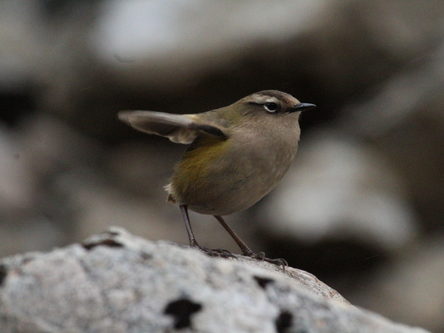
Living on top of a snowy mountain might not sound appealing, but for the pīwauwau (rock wren), it’s home.
And it’s a rather safe home too. Why? Because rats don’t tend to establish populations above the snow line. In fact, rats’ aversion to snow is one of the reasons pīwauwau have survived when five other wren species have gone extinct.
So what happens as the planet heats up, and the snow line becomes higher and higher? It’s not good news for the poor pīwauwau.
It’s likely rats will start to venture to higher altitudes, and this could devastate pīwauwau populations. Pīwauwau are already preyed on by stoats and mice, and a warming climate will increase the numbers of these introduced predators in the alpine zone.
Unfortunately, warmer climates aren’t just a problem that ends at the snow line. Warmer winters in more of our forests mean more rats, stoats and other predator species will be able to survive the winter months.
Leading 2019 study concluded that, “Warming climate is likely to exacerbate local extinctions of predator-vulnerable species.”
What can you do?
Take part in the NZ Bird Atlas and log your native bird sightings. Your finding will provide crucial information on how bird distributions are changing.
You can also support any community conservation groups that are helping slow species decline due to predation, which will help make them more resilient to climate change. There are multiple groups working to protect rock wren like the Aspiring Biodiversity Trust, Matukituki Charitable Trust and Friends of the Cobb.
Want to offset your own carbon emissions? Check out Toitū and Ekos, two New Zealand based companies that fund carbon capture in native forests.
3. Warmer weather may lead to more mast events
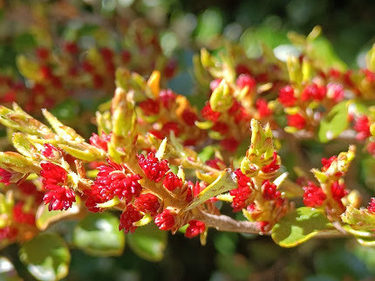
Masting is a phenomenon where all the plants of one species produce fruit at the same time. Masting tree species often don’t produce fruit every year, instead fruiting in vast quantities every 2-6 years.
Many of New Zealand’s native plants, including beech, rimu and snow tussock, produce seed and fruit on a mast cycle.
In a forest without predator control, a mast year is essentially a bountiful buffet for introduced predator species. This may seem like a positive turn of events, because it means our native species are off the menu. But the fruit buffet doesn’t last forever. So when the seed and fruit run out, the predators turn to eating our native species.
Only now their populations have rapidly grown, thanks to the readily available food they’ve been feasting on.
The last decade has seen more frequent masting events. The link between masting events and climate change is currently uncertain. One possibility is it will result in increased masting, meaning more explosions of predator species. Under this scenario, predator control will become even more vital to protecting our native species.
What can you do?
In the long term, we don’t know how climate change will interact with mast seeding. But for our native species there is no time for indecision. 2022 is predicted to be a mast year so it’s important we start protecting our forests now. Be vocal in your support of large scale predator control like Tiakina ngā manu and if you live somewhere with beech forests, find a predator free group to get involved with.
4. Some of our native species have breeding cycles closely linked to temperature
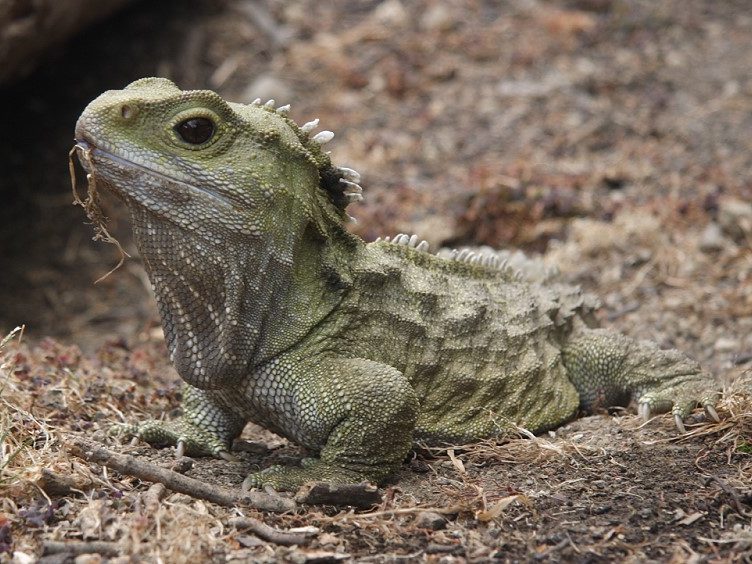
Tuatara survived the catastrophe that ended the age of the Dinosaurs. They’re a species that has lived for over 200 millennia… But there are two major reasons why the speed of climate change could mean the end for them.
Firstly, unlike many reptiles, Tuatara actually prefer lower temperatures. They can be happily active in cooler temperatures and they don’t thrive in areas with temperatures consistently above 25 C°.
Secondly, a quirk of their evolution means that egg incubation temperature determines the sex of a tuatara. Higher temperatures, above 22 C°, result in males. Lower temperatures, under 21 C°, result in females.
Unless we can slow the rate of climate change, and provide safe, secure habitats for Tuatara, we risk losing this ancient species forever.
What can you do?
The more of the country that is predator free the more options we have for translocating native taonga and increasing their resilience to climate change. The more areas that have introduced predators removed, the more likely that tuatara can be re-introduced.
While some of the places they live now may become unsuitable due to climate change with expanding predator free areas there will be more options.
5. Warming oceans aren’t good for our seabirds
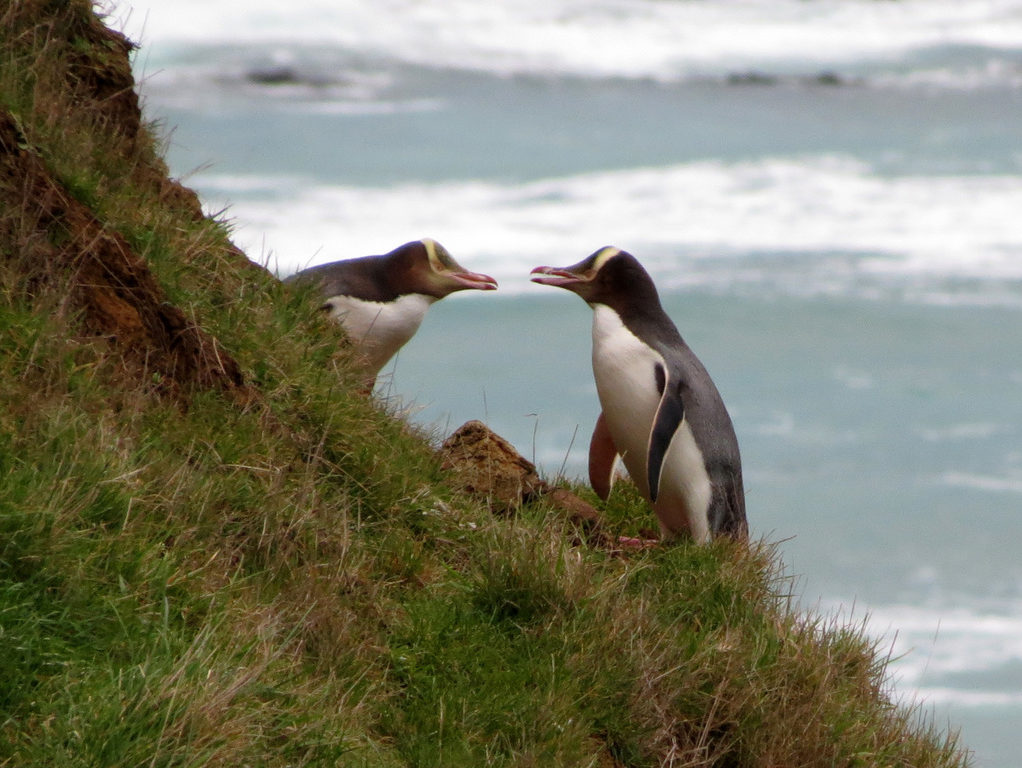
Our oceans do a lot of heavy lifting in buffering us from climate change.
They absorb around a third of human produced carbon dioxide worldwide. And in New Zealand, they may absorb more carbon dioxide than our forests.
The side effect of absorbing this carbon dioxide is that the oceans are getting warmer. This has a wide range of impacts including making life harder for our seabirds.
Observations of hoiho indicate that they have better survival rates in cooler years as warm weather can put them at risk of overheating. The declining population of the eastern rock hooper has also been tied to climate change, as changing sea temperatures force them to forage longer distances.
What can you do?
Support one of the many conservation projects working to protect our seabirds and shorebirds on shore, like the Yelllow Eyed Penguin Trust, the Pūkorokoro Miranda Shorebird Centre, or the Hutton’s Shearwater Charitable Trust.
The key takeaway?
While we have had conservation success for many native species, climate change is the biggest threat to ensuring our efforts continue to pay off.
Both species loss and a rising climate change are threats we need to act on immediately. Once our species are gone, they are gone forever. There is no turning back the clock.
Looking for more ways to help tackle climate change? GenLess has a range of useful suggestions for New Zealanders to reduce their emissions.

